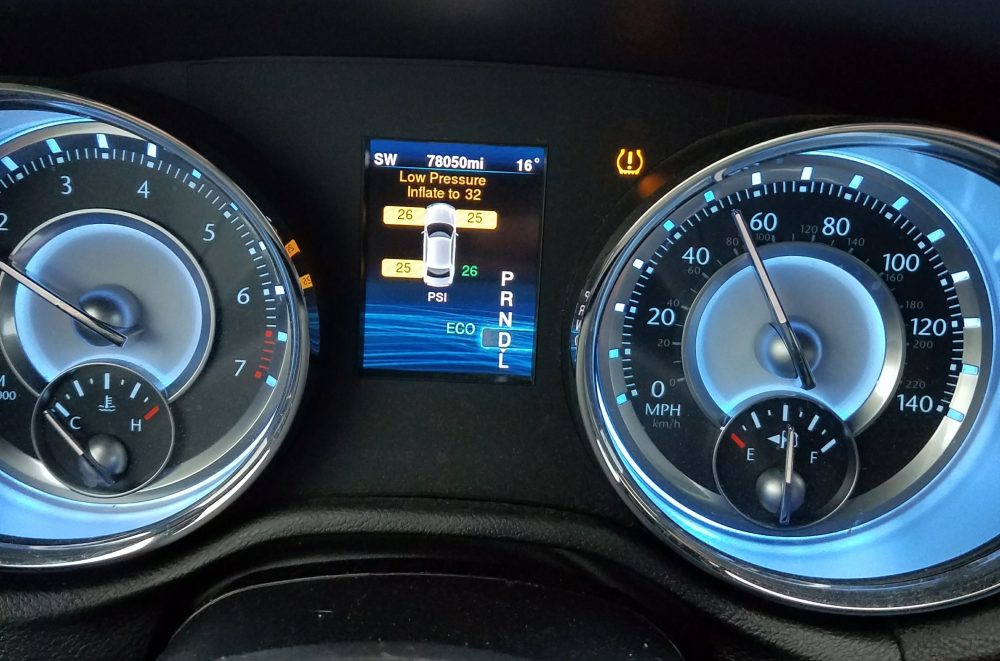 Since air is a gas, it expands when heated and contracts when cooled. In most parts of North America, this makes fall and early winter months the most critical times to check inflation pressures. Ambient temperatures are getting colder and your tires’ inflation pressure is going down!
Since air is a gas, it expands when heated and contracts when cooled. In most parts of North America, this makes fall and early winter months the most critical times to check inflation pressures. Ambient temperatures are getting colder and your tires’ inflation pressure is going down!
“Tire pressure has to be checked periodically to assure that the influences of time, changes in ambient temperatures or a small tread puncture have not caused it to change.”
The rule of thumb is for every 10° Fahrenheit change in air temperature, tire pressures will change about 2% (up with higher temperatures and down with lower). This means that light-duty, standard-pressure tires (typically inflated to 30-50 psi) used in applications on cars, vans and light trucks will change by about 1 psi; where heavy-duty, high-pressure tires (typically inflated to 80-100 psi) used in applications on recreational vehicles, busses and trucks will change by about 2 psi.
In most parts of North America, the difference between average summer and winter temperatures is about -50° Fahrenheit. This results in a potential loss of about 5 psi as winter’s temperatures set in. And a 5 psi loss is enough to sacrifice handling, traction, and durability!
Additionally, the difference between cold nighttime temperatures and hot daytime temperatures in most parts of the country is about 20° Fahrenheit. This means that after setting tire pressures first thing in the morning, the vehicle’s tire pressures will be almost 2 psi higher when measured in the afternoon (if the vehicle was parked in the shade). While that is expected, the problem is when you set your vehicle’s tire pressures in the heat of the day, their cold pressures will probably be 2 psi low the following morning.
Additional information on this topic available here.







